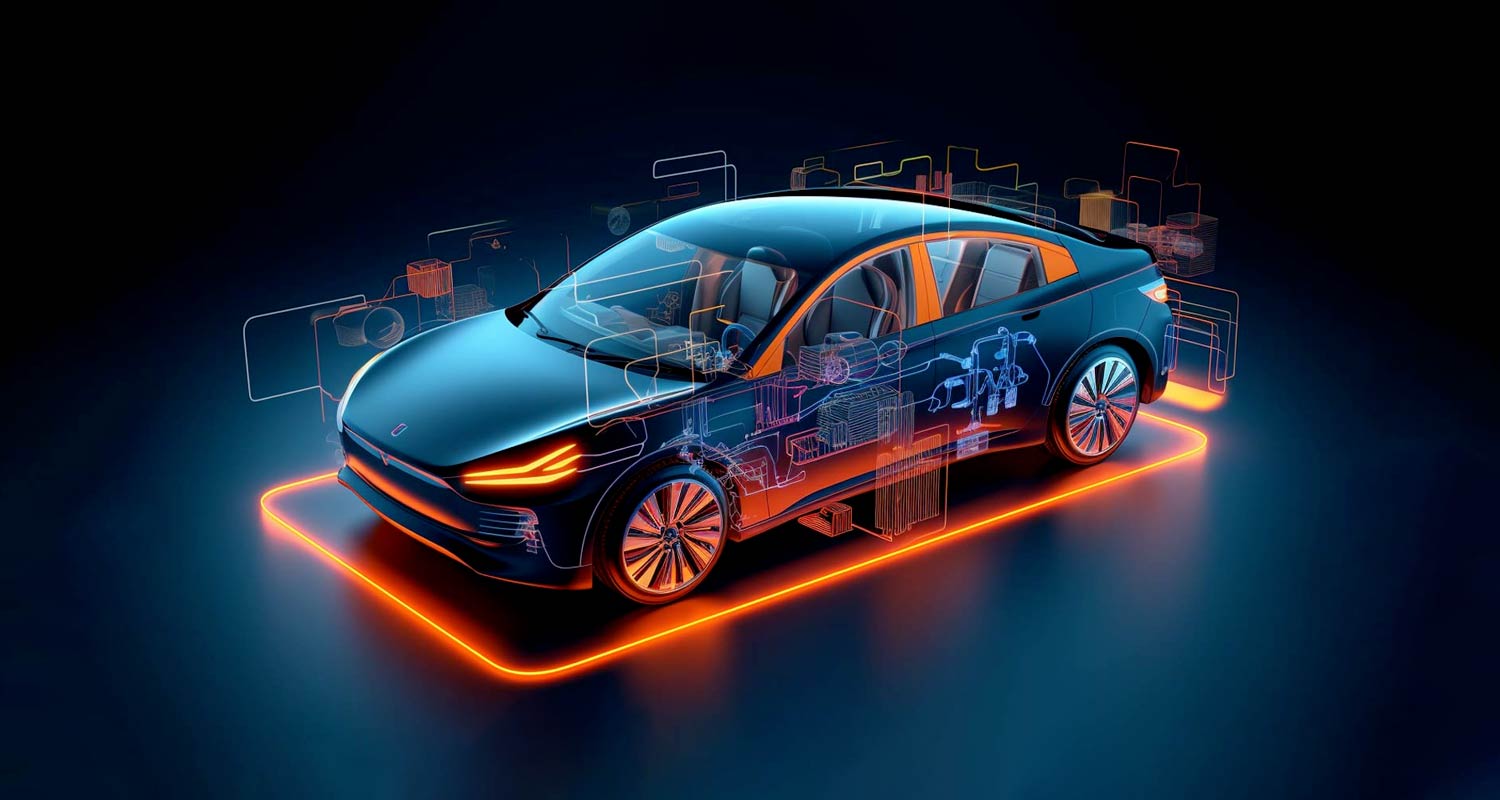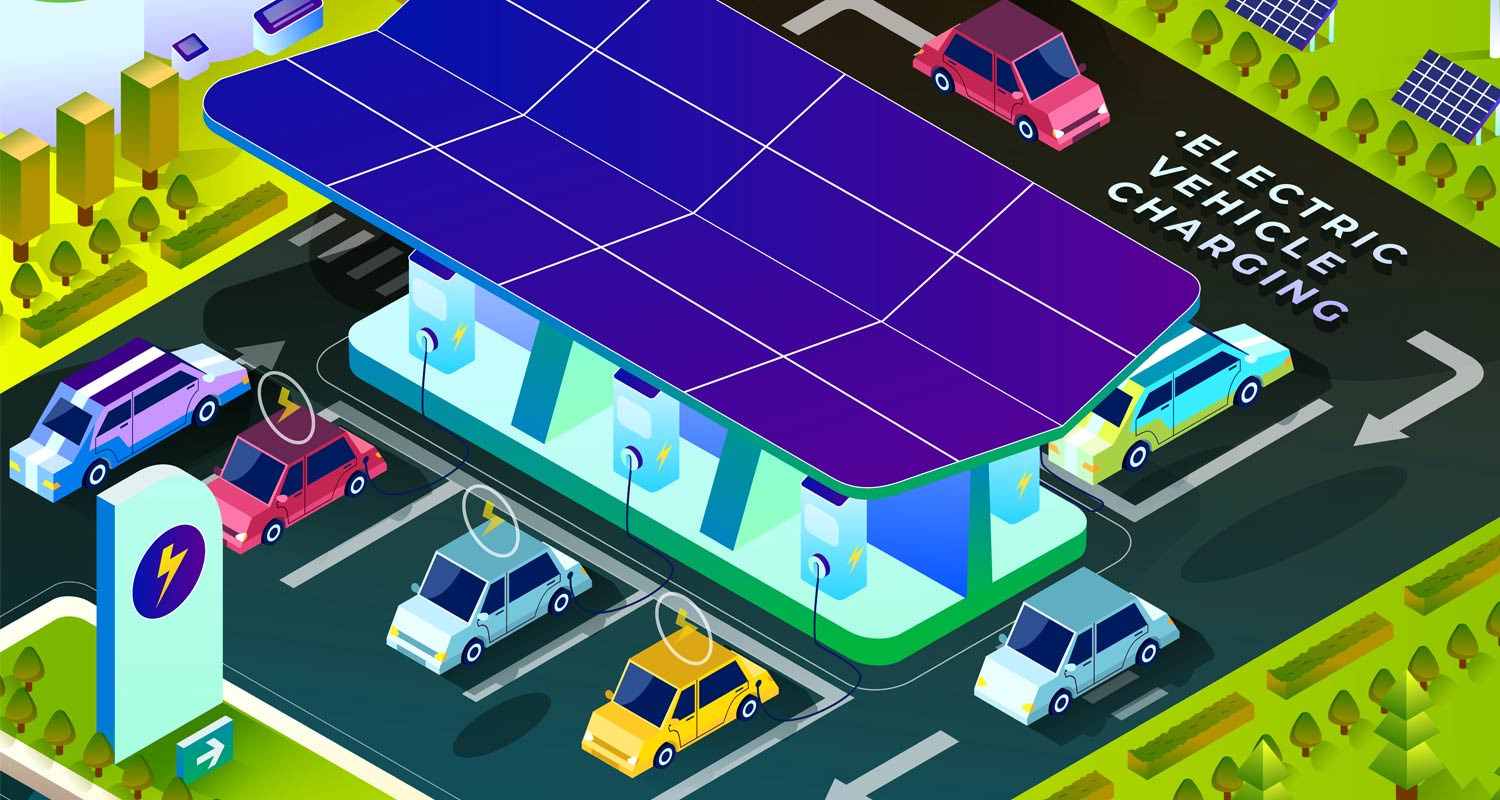 Someday soon, plug-in cars may no longer need a plug. Electric car drivers would simply pull into a specialised parking space when it’s time to power up, wait for a light on their dashboard to switch on, and then hop out of the car and go about their day.
Someday soon, plug-in cars may no longer need a plug. Electric car drivers would simply pull into a specialised parking space when it’s time to power up, wait for a light on their dashboard to switch on, and then hop out of the car and go about their day.
This is the promise of wireless EV charging, an inductive transfer of electrons that would eliminate the need for all those pesky cords. Multiple start-ups have spent years working towards a world in which wireless charging goes mainstream, and as EV adoption picks up, momentum is building to make that dream a reality. Companies are coalescing around standardised technology, car makers are embarking on wireless experiments, and municipalities are mapping out use cases. Even Tesla is interested.
But major hurdles remain, chief among them slow charging speeds and the money and interest needed to build stations and get more car makers on board. While charging without a cord sounds great on paper, the technology faces the same paradox that’s impacting the roll-out of public plugs: stronger consumer demand could push car companies to take up wireless charging, but growth in EV demand is stymied in part by anxiety about public charging.
“If I was a car manufacturer, I’d probably be reluctant to put it on a vehicle today just because there’s not any wireless chargers out there,” says Michael Weismiller, programme manager for electrification R&D in the US department of energy’s Vehicle Technologies Office. “You really have to see the infrastructure and the vehicles get deployed at the same time for it to ultimately make sense.”
Wireless, or inductive, EV charging works by using magnetic resonance and a charging pad to generate a power-transmitting field. When a coil in a receiver under the car aligns with a coil in the charging pad, the receiver captures that energy and feeds it to the car’s battery. The technology is similar to wireless phone charging, which also requires a receiver and aligned coils; but EV systems can work with up to 250mm of separation.
Speed
Speed is an issue, though. Most wireless chargers are on par with a level-2 charger (the kind you’d use at home) and not the DC fast chargers available at many public stations. Electric cars also need to be designed with wireless charging in mind. While retrofitting EVs is doable, in practice it can void the car’s battery warranty, says Amaiya Khardenavis, an analyst at Wood Mackenzie.
For car makers, enabling wireless charging is still difficult to justify: it’s expensive, and there aren’t yet charging stations to make it a compelling perk for car buyers. Alex Gruzen, CEO at Massachusetts-based WiTricity, says his company’s wireless charging capability will cost car makers several hundred dollars per car, and consumers at least US$2 500 to start — both figures he sees falling over the next five years.
These hurdles mean that, for now at least, wireless EV charging mostly exists in the form of pilot projects. Some car makers in China and South Korea are testing the technology on new passenger cars, but many wireless-charging trials are geared at commercial vehicles, which tend to have consistent routes and the luxury of powering up overnight in fixed parking spaces.
Raed: All the electric cars for sale in South Africa, with pricing
“You can deploy the chargers at specific locations on the routes throughout the day,” says Loren McDonald, founder and CEO of EVAdoption, an electric vehicle analyst firm.
This summer, WiTricity plans to roll out its Halo wireless system on E-Z-Go and Icon EV golf carts and light vehicles, after showcasing the technology on retrofitted vehicles like Ford’s Mustang Mach-E. The company’s investors include Mitsubishi and Siemens, and WiTricity has a partnership to demo wireless charging on cars made by South Korea’s KG Mobility. WiTricity says passenger cars get up to 56km of charge per hour with its technology.
 “Charging remains one of the big points of anxiety for EV buyers, and we make it something that just happens in the background,” Gruzen says.
“Charging remains one of the big points of anxiety for EV buyers, and we make it something that just happens in the background,” Gruzen says.
In perhaps the most critical signal of wireless charging’s potential for passenger cars, Tesla design chief Franz von Holzhausen in December confirmed that the company is pursuing its own version of the technology. “We are working on inductive charging, so you don’t even need to plug something in at that point — just pull in your garage, drive over the pad and it’s charging,” von Holzhausen said during an appearance on the YouTube series Jay Leno’s Garage.
Tesla’s vote of confidence is spurring interest among other car makers, too. “That’s the major wake-up call,” McCool says. “Until that happened, wireless charging was still considered a fringe technology. Now it’s a trending technology.”
Standardisation could also help boost adoption. In 2022, SAE International — an association of engineers and technical transport experts — finalised the first standard for stationary wireless charging for light-duty vehicles, a category that includes passenger cars. The standard covers everything from safe charging speed (up to 11kW) to interoperability and performance.
“That means … apartment-building chargers can be built,” Gruzen says. “It means that parking lots, street parking, all can adopt wireless charging from companies that specialise in that kind of public infrastructure. And the automakers can focus on making cars that’ll be compatible.”
The SAE has also published guidelines, though not final standards, for heavy-duty vehicles to charge wirelessly at speeds up to 500kW. The DoE has agreements in place to demo that technology on a UPS route in Utah and at several Walmart locations. “Ultimately it’s going to be the truck makers and the car makers who have to figure out if it makes sense for them,” Weismiller says.
Grants
For the time being, the vast majority of investment is still going to traditional EV chargers, though federal and state lawmakers in the US are pushing for grants to expand wireless charging. The US now has more than 9 000 public fast-charging stations and over 53 000 level-2 stations, according to the DoE. More are expected to come online as states start to deploy $5-billion in federal money.
But experts say future developments in car technology — especially autonomous driving — could strengthen the argument for wireless charging. The SAE is currently working on a standard method for aligning EVs with charging pads, which will prove particularly critical when cars start driving and parking themselves.
Powering up an EV on a pad isn’t charging’s final frontier, either. The SAE plans to update its light-duty vehicle standard to include bidirectional charging, which lets a car supply power back to the grid. Gruzen says WiTricity’s next generation of wireless charging components will be bidirectional; he expects to start selling them to car makers later this year.
The SAE is also developing technical guidelines for what’s known as “dynamic inductive charging” — charging without a plug when a vehicle is in motion. That technology, which could turn streets themselves into charging pads, is still in its infancy. Electreon, an Israeli company, tested dynamic charging on a 400m stretch of road in Detroit last year. Earlier this month, Stellantis said that its Chrysler Halcyon Concept EV, slated for production in 2028, would come equipped with dynamic wireless charging capability. — Tope Alake, (c) 2024 Bloomberg LP

